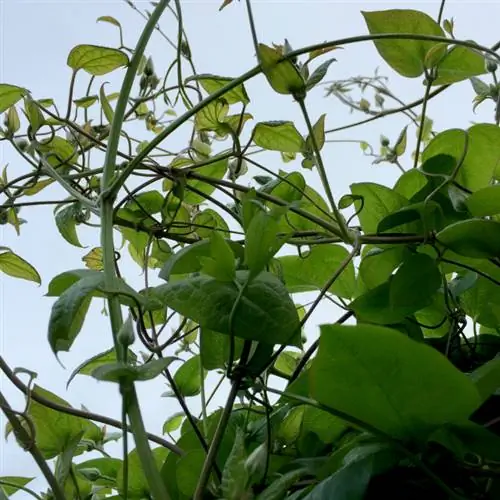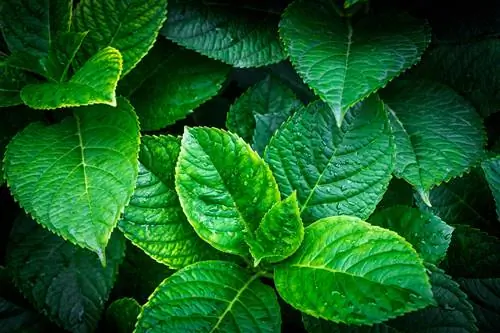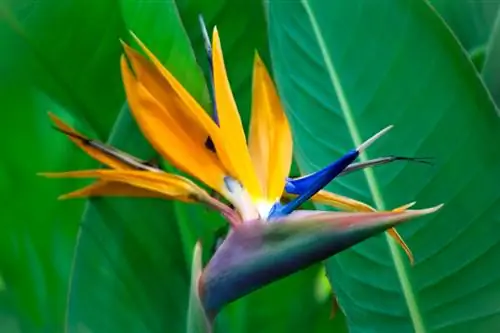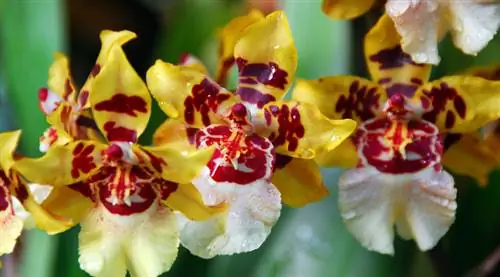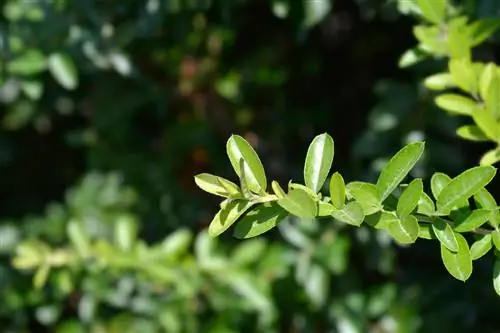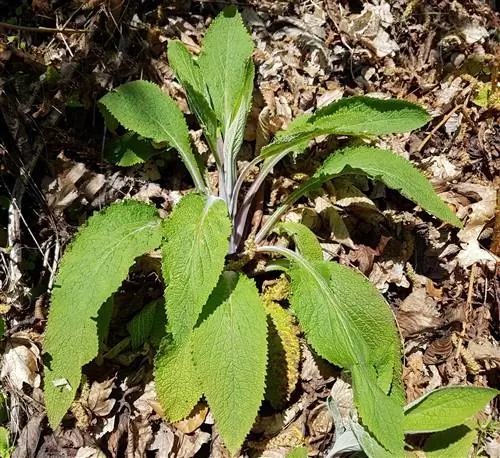- Author admin [email protected].
- Public 2023-12-16 16:46.
- Last modified 2025-01-23 11:20.
It's so devastating when the clematis just doesn't want to bloom. We'll tell you here what the causes are and how you can remedy them. This is how you attract flowers to your clematis.
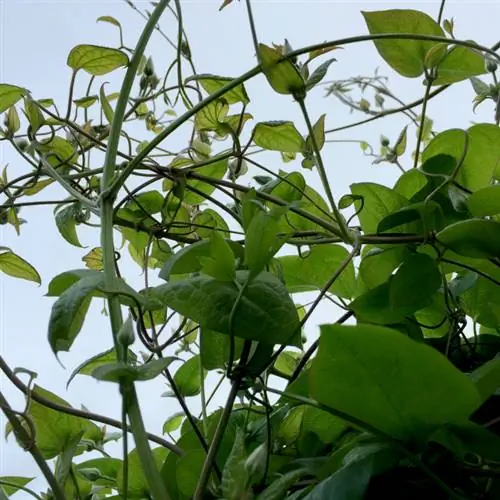
Why isn't my clematis blooming?
If a clematis does not bloom, this may be due to the wrong location, insufficient water and nutrient supply or incorrect pruning. Check light, temperature and soil conditions, water and fertilize regularly and pay attention to the right time of cutting.
Wrong location causes flower worries
If the clematis refuses to bloom, it does not feel comfortable in the location. Therefore, check whether the following light, temperature and soil conditions exist:
- Sunny to partially shaded location
- Warm with temperatures of 15 to 22 degrees Celsius
- Protected from rain and strong winds
- Permeable, humus-rich soil, rich in nutrients
- Fresh and without the risk of waterlogging
The clematis attaches particular importance to a sunny head and a shaded base. If the root area is regularly exposed to direct sunlight, the clematis will not bloom. A shady underplanting of weakly growing ornamental plants, such as blue cushions or purple bells, solves the problem, as does a mulch layer of pine soil, pebbles or bark mulch.
Hungry and thirsty the clematis does not bloom
A balanced water and nutrient supply creates the fundamental basis for the magnificent clematis flowers. If the climbing plant becomes unbalanced in this respect, no flowers will appear. Therefore, pay special attention to these aspects of care:
- Water clematis regularly without causing waterlogging
- In March/April and June/July, fertilize with special fertilizer (€9.00 on Amazon)
- Alternatively, from March to September, supply with compost, horn shavings or guano fertilizer every 8-14 days
- Alternately fertilize with potassium-rich comfrey manure
Pruning at the wrong time deprives clematis of its flowers
Spring-blooming clematis lay their buds the previous year. Anyone who uses scissors in late winter deprives the clematis of any chance of producing a lush bloom. Popular species such as Clematis alpina and Clematis montana are therefore cut after flowering. Cut summer and late-flowering specimens into shape in November/December.
Tips & Tricks
Although the clematis naturally resists frosty temperatures, delayed ground frost threatens to result in complete flowering failure. To ensure that the buds of early-flowering Clematis species do not freeze, experienced hobby gardeners keep an eye on the weather forecast until mid/late May. If the ice saints strike with temperatures below zero, protect the clematis at night with a garden fleece or jute sack.

